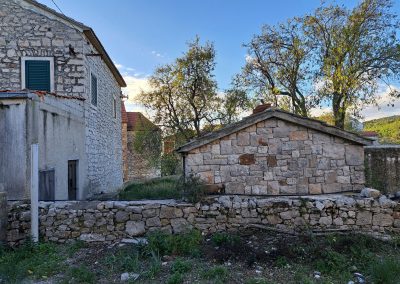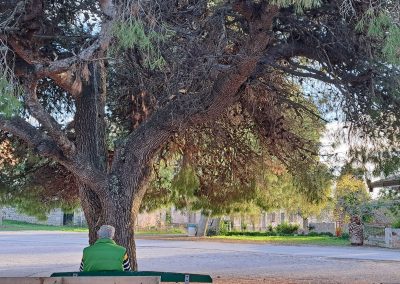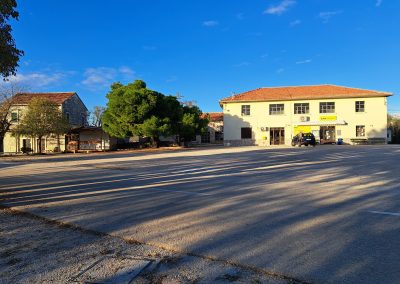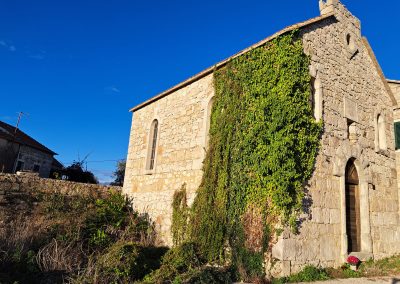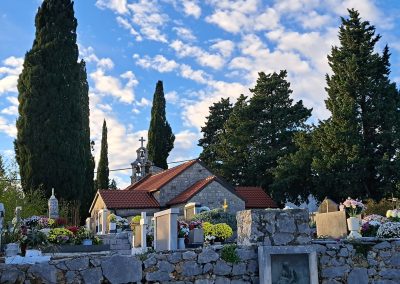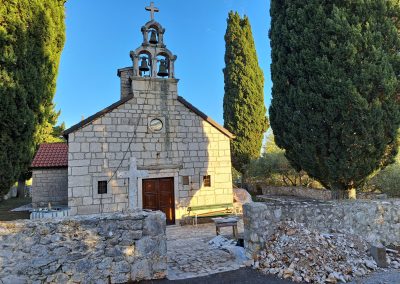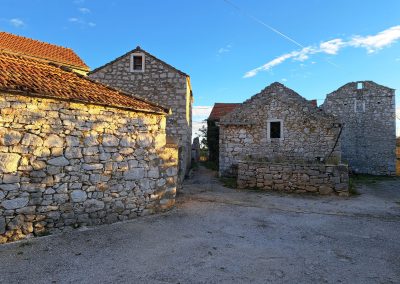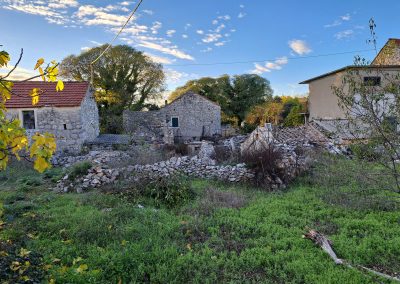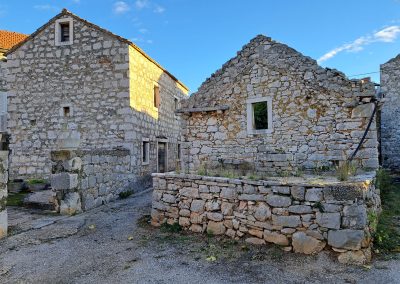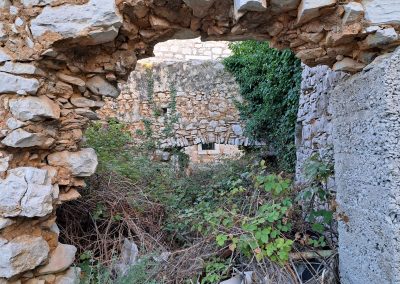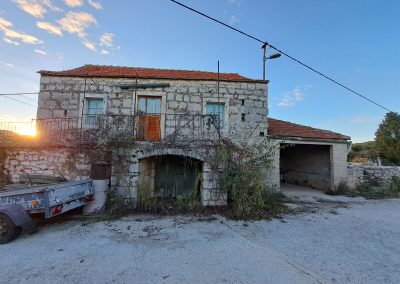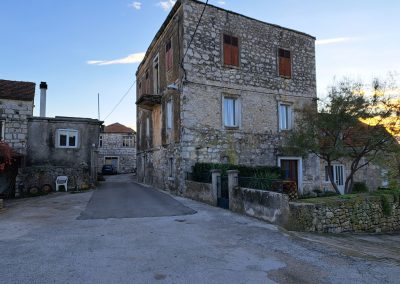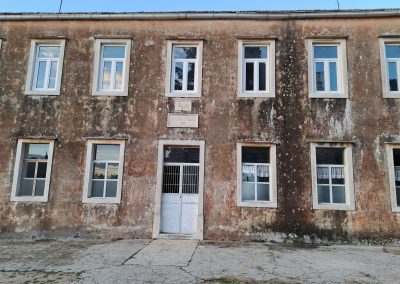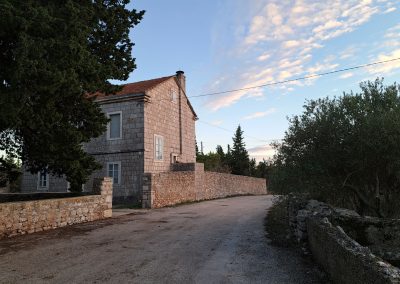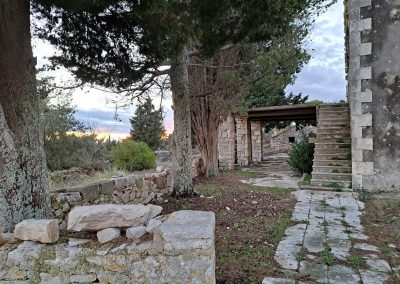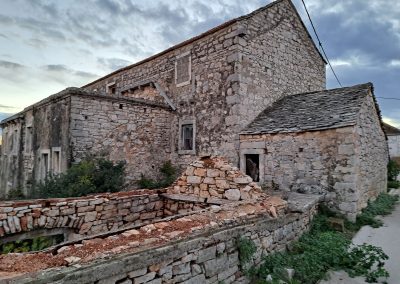Bogomolje, island of Hvar
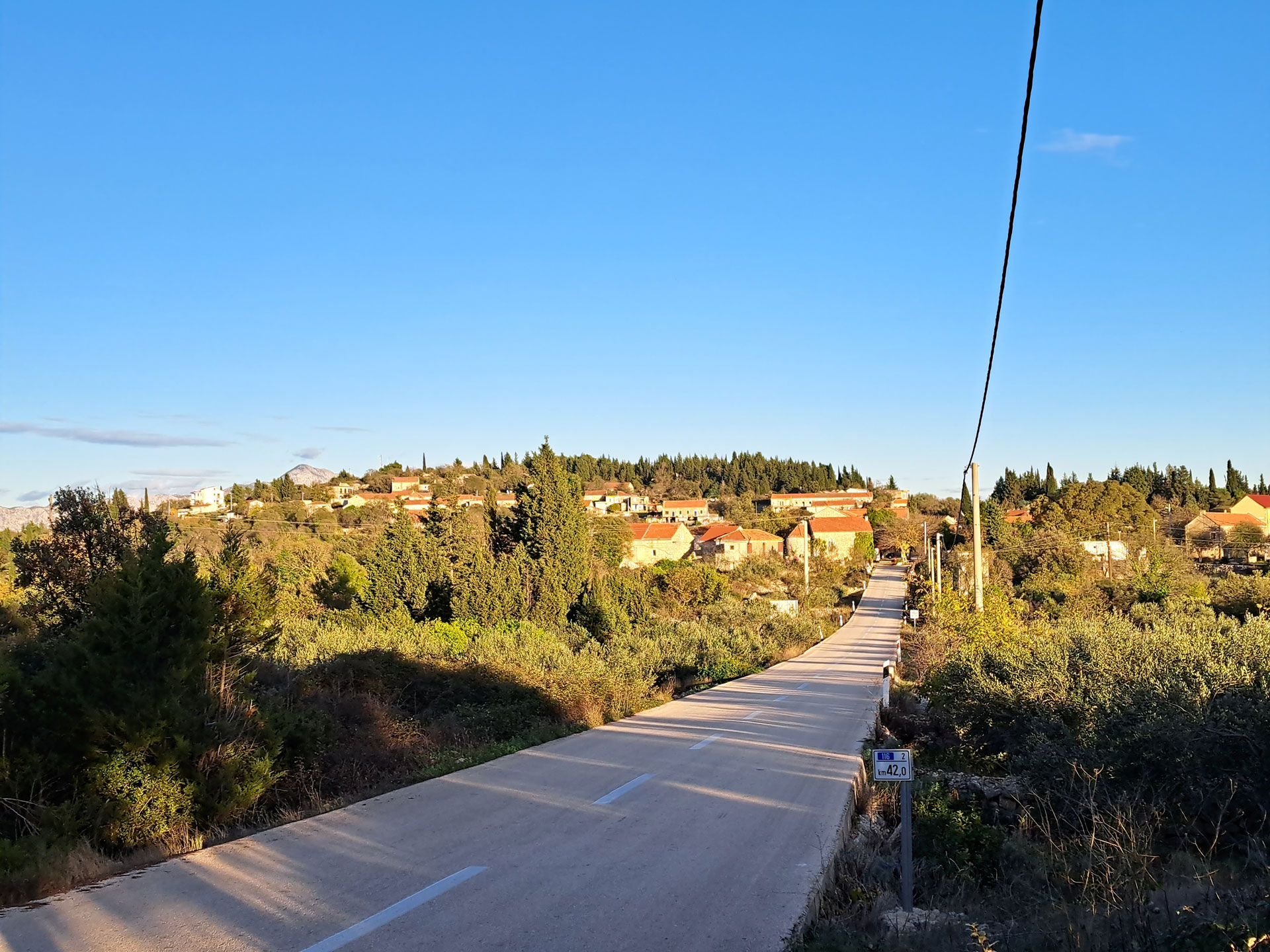
Bogomolje
Fifteen kilometers west of Sućuraj, Bogomolje overlooks the sea and is connected by sight to Lovište on Pelješac, 13 km away, where many settlers from this part of Hvar have moved.
Bogomolje is divided into four hamlets: Selo, which is in the center; Račevinja to the west; Jerkov Dvor to the south; and Glava Maslinova to the east.
In the 1921 census, there were 822 inhabitants, and in 2021, there were 121 inhabitants.
Bogomolje is about 2 km from the sea at an altitude of around 250 m. The coves on the northern side facing the mainland, Makarska, and the eastern side of Brač are Bristova, which is the port of Bogomolje, with a pier built in 1911, then Zavala, Solotiša, Male and Vele Gačice, Mala and Vela Pogorila, and Stara. On the southern side facing Pelješac, the coves-beaches are Lađena, Pelinovik Donji and Gornji, and Smokvina. The coves have several houses with apartments for rent. The village has an ethnographic collection.
The population is engaged in agriculture, mainly growing lavender, and there used to be a quarry. Notable people from Bogomolje include poet Lucija Rudan and footballer Dražan Jerković.
Historically, Bogomolje is connected to Gdinj, which is almost identical in terms of the number of inhabitants. Although 6 km apart, they were connected by the Parish Church in Gdinj, where the people of Bogomolje went throughout the 16th century because, as refugees from the Turks arriving from the mainland, they did not have their own church until the 17th century, so it was probably said, “The people of Bogomolje have arrived.” The Church of Our Lady of Mount Carmel was built in the Baroque style, and an unusual attempt to revive Old Catholicism, also known as Greek Catholicism, occurred in 1935 with the construction of a modest chapel.
